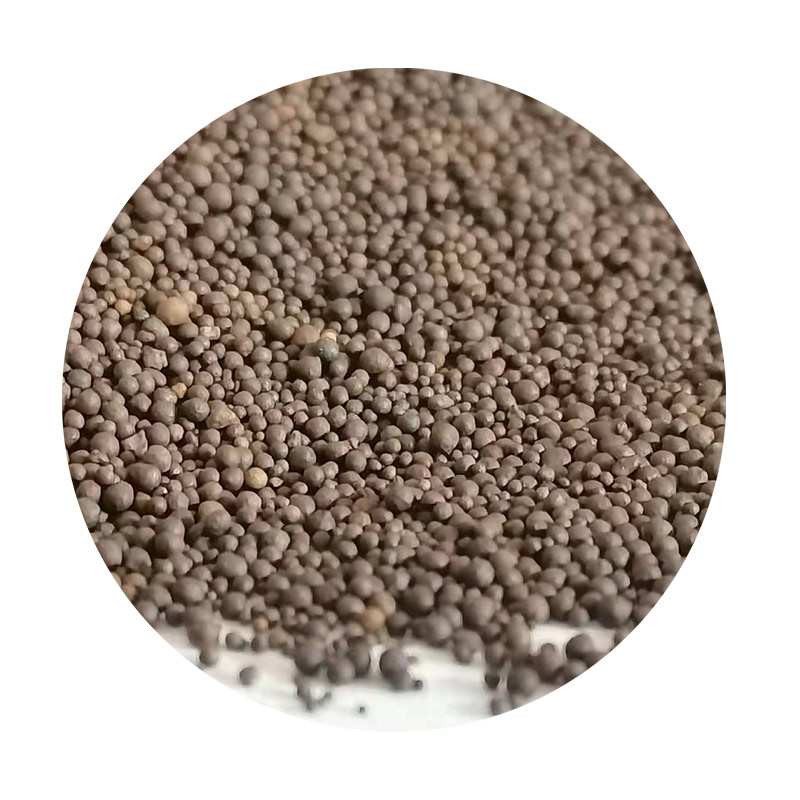Sanding 3D Printed Objects Techniques and Best Practices
3D printing technology has revolutionized the way we create objects, offering unparalleled design flexibility and speed. However, one of the challenges that often arises in this realm is the surface finish of the printed products. Despite the rapid advancements in 3D printing techniques, the final output quality frequently requires additional processing, particularly sanding. This article delves into the importance of sanding 3D printed objects, the best practices involved, and the tools necessary for achieving a professional finish.
Understanding the Need for Sanding
When 3D objects are printed, they are typically made layer-by-layer, leading to visible layer lines on the surface. These layer lines can detract from the overall aesthetics and functionality of the object, especially if the item is intended for display or requires a smooth surface for mechanical function. Sanding serves to smooth out these imperfections, improve the overall appearance, and prepare the surface for additional treatments such as painting or coating.
Types of 3D Printing Materials
The type of material used in 3D printing greatly influences the sanding process. Common materials include PLA, ABS, PETG, and resin. Each of these has different properties that affect how easily they can be sanded
- PLA (Polylactic Acid) It is one of the easiest materials to sand due to its softness. Fine grit sandpaper effectively smoothens the layer lines without significant risk of damaging the structure.
- ABS (Acrylonitrile Butadiene Styrene) ABS can be more challenging to sand due to its toughness. However, it can be smoothed using various techniques, including sanding with coarse grits first and following up with finer grits.
- PETG (Polyethylene Terephthalate Glycol-Modified) This material is known for its strength and flexibility, making it more resistant to scratching. Sanding PETG requires patience, as it may be prone to melting if excessive heat is generated during the process.
- Resin Resin prints can achieve smooth finishes relatively easily. However, they require careful handling as they contain potentially harmful chemicals. Sanding should be conducted with proper safety precautions, like wearing a mask and gloves.
Sanding Techniques
1. Preparation Before beginning the sanding process, ensure that the printed object is clean from dust and debris. This can be achieved with a soft brush or cloth.
sanding 3d printed

2. Choosing the Right Grit Start with a coarser grit sandpaper (e.g., 100-200 grit) to remove the bulk of the layer lines. Progressively move to finer grits (up to 2000 grit) to achieve a smooth finish.
3. Sanding Method Sand in a uniform motion, applying even pressure. For large flat surfaces, flat sanding blocks can be beneficial. For curves or detailed areas, consider using a sanding sponge or even your fingers to conform to the shape.
4. Wet Sanding This technique can be particularly effective for some materials. Wet sanding, which involves using water to minimize dust and heat, can yield a smoother finish and reduce the risk of damaging the print.
5. Checking Progress Regularly inspect the surface as you sand. Wipe the object with a damp cloth to remove residue and better visualize the smoothness of the surface.
Post-Sanding Treatments
Once sanding is completed, further finishing techniques can enhance the object’s appeal. This may include
- Priming and Painting A primer coat can help cover any remaining imperfections and improve paint adhesion, giving the final product a polished look.
- Coating Applying an epoxy or clear coat can add durability and enhance the shine of the object.
- Polishing For some materials, a final polish with a cloth can add extra luster and make the object visually striking.
Conclusion
Sanding is an essential step in the post-processing of 3D printed objects, helping to achieve a high-quality finish that enhances aesthetics and functionality. By understanding the materials and employing the right techniques, you can transform a raw print into a polished masterpiece. Whether you're a hobbyist or a professional, mastering the art of sanding will undoubtedly elevate your 3D printing projects to new heights.
Post time:ຕ.ລ. . 19, 2024 11:51
Next:Schleifen von 3D-Druckteilen aus Harz für glatte Oberflächen
